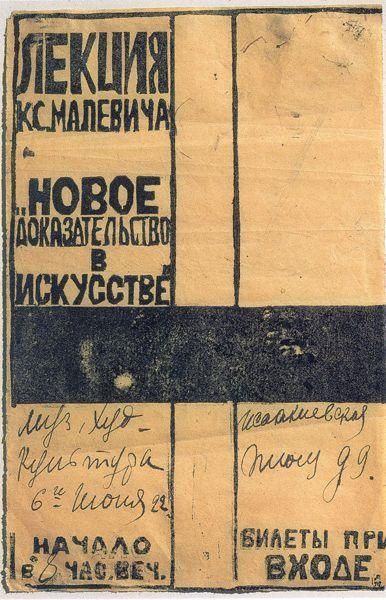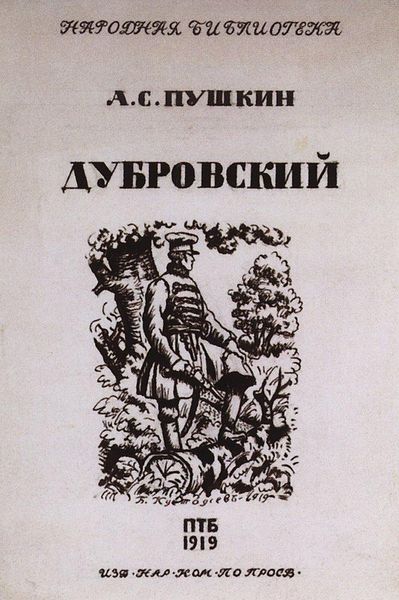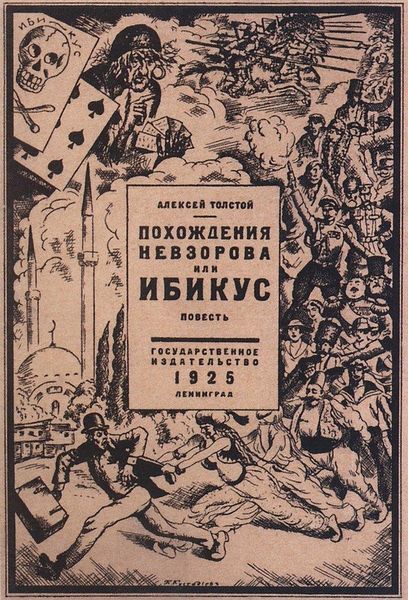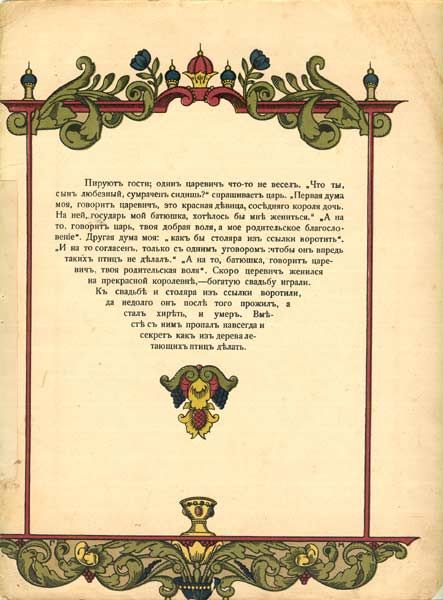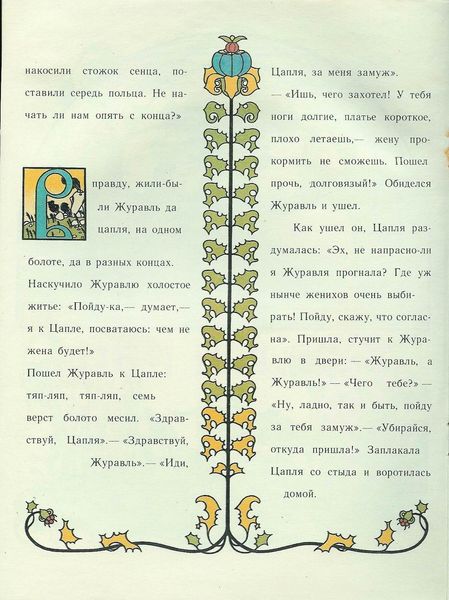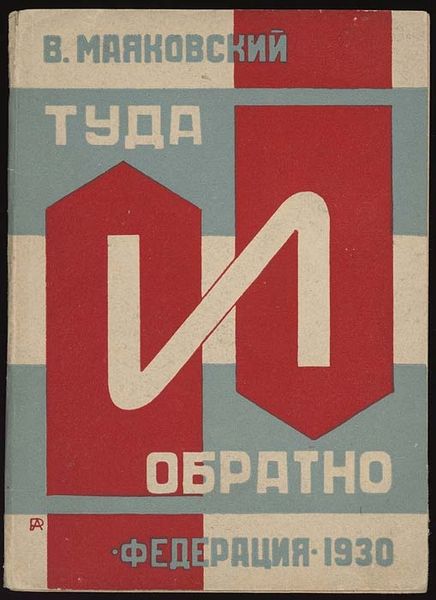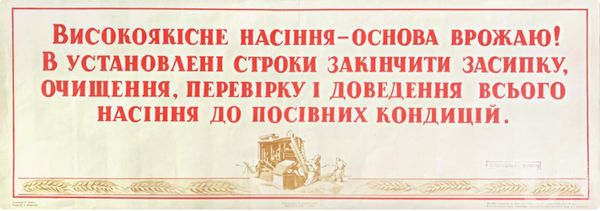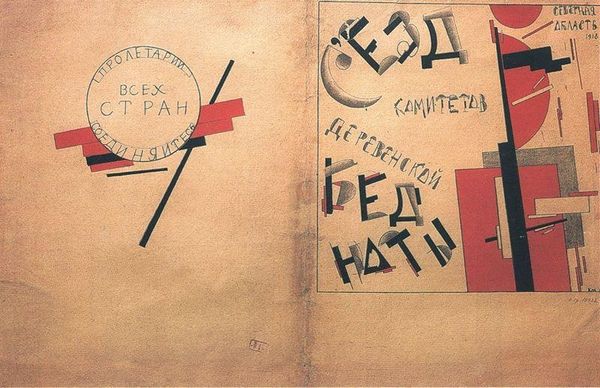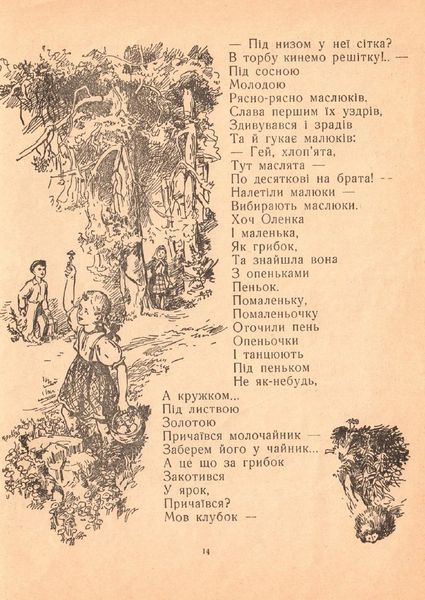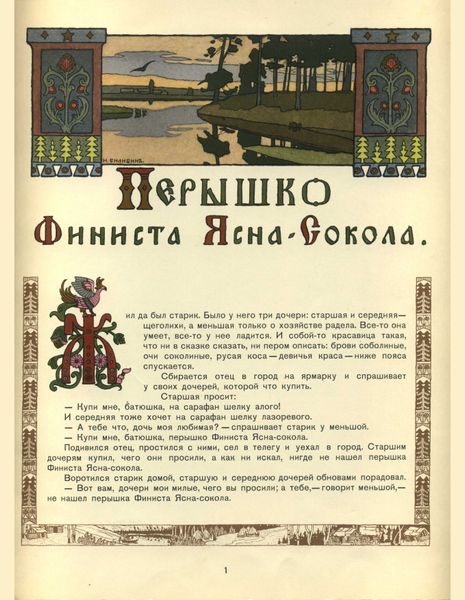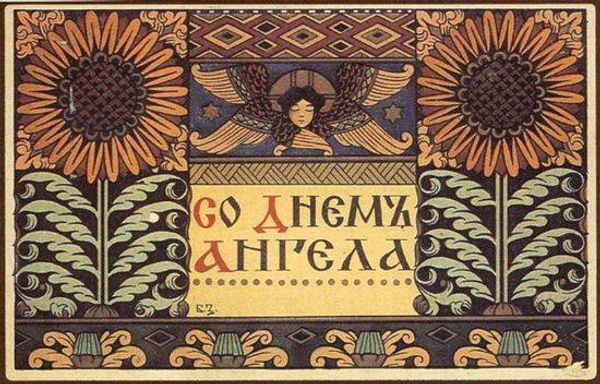
print, typography, poster
#
hand written
#
script typography
#
hand-lettering
# print
#
lettering
#
hand drawn type
#
hand lettering
#
text
#
typography
#
hand-drawn typeface
#
calligraphic
#
typography style
#
russian-avant-garde
#
poster
#
small lettering
Copyright: Public domain
Curator: I am immediately struck by the tension between the rigidity of the blocky text and the playful imperfections in the printing – it gives the whole thing this vibrant, handmade energy. It almost feels like a visual shout, you know? Editor: And a necessary shout, considering the sociopolitical ferment in which Kazimir Malevich created this print in 1922. "Billboard," as it's known, wasn't just typography; it was a crucial element in disseminating avant-garde ideas in revolutionary Russia. Curator: Absolutely. And knowing Malevich, who was a radical, how do you think the everyday viewer would’ve engaged with such a piece back then? Would they even grasp its radicalism? Editor: It's impossible to say with certainty, of course. The text itself, which announces a lecture "On Art, Church, and Factory, as on Three Paths Affirming God," sounds pretty provocative if we understand the context. We see art colliding head-on with societal structures, challenging the dominance of traditional institutions, religion in particular. Remember, this is shortly after the Revolution; societal norms were actively being rewritten. Curator: It's such a fascinating mix of the esoteric and the incredibly direct, a blend so very typical of the avant-garde! And I imagine this wasn't exactly a slick, commercially designed advertisement. Editor: No, definitely not the Madison Avenue we might think of today! The rough-hewn quality – the dark ink unevenly applied, the simple lettering – those would’ve signified accessibility, a raw immediacy in a society eager to connect. Its direct engagement in societal matters aimed to dismantle pre-existing hierarchies within artistic and social frameworks. Curator: What I find so striking about pieces like this is how they encapsulate a whole era. "Billboard" is not just announcing a lecture, but boldly staking a claim for a new vision. A vision of where art, and even society, could go. It still hums with that rebellious, forward-thinking electricity after all these years. Editor: And reminds us, even a century later, of art's ongoing role in sparking those difficult, but necessary conversations, on just who and how we wish to be in the world.
Comments
No comments
Be the first to comment and join the conversation on the ultimate creative platform.
